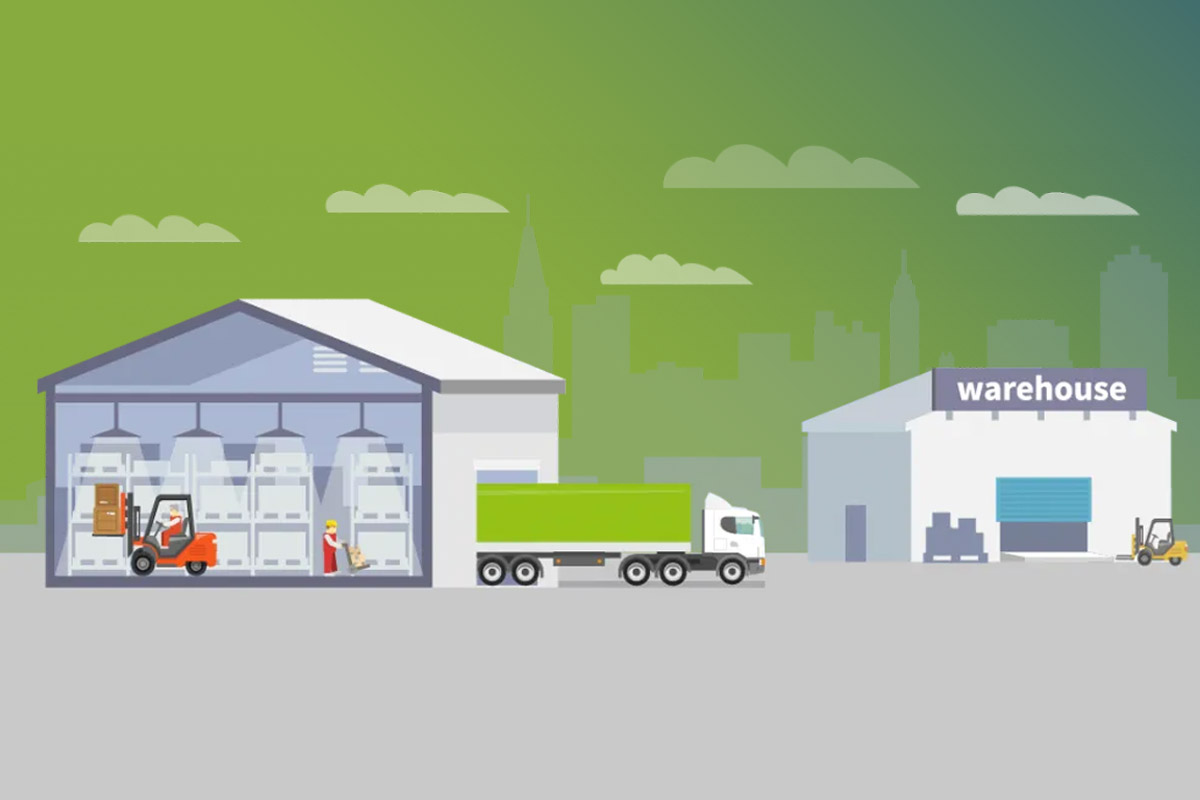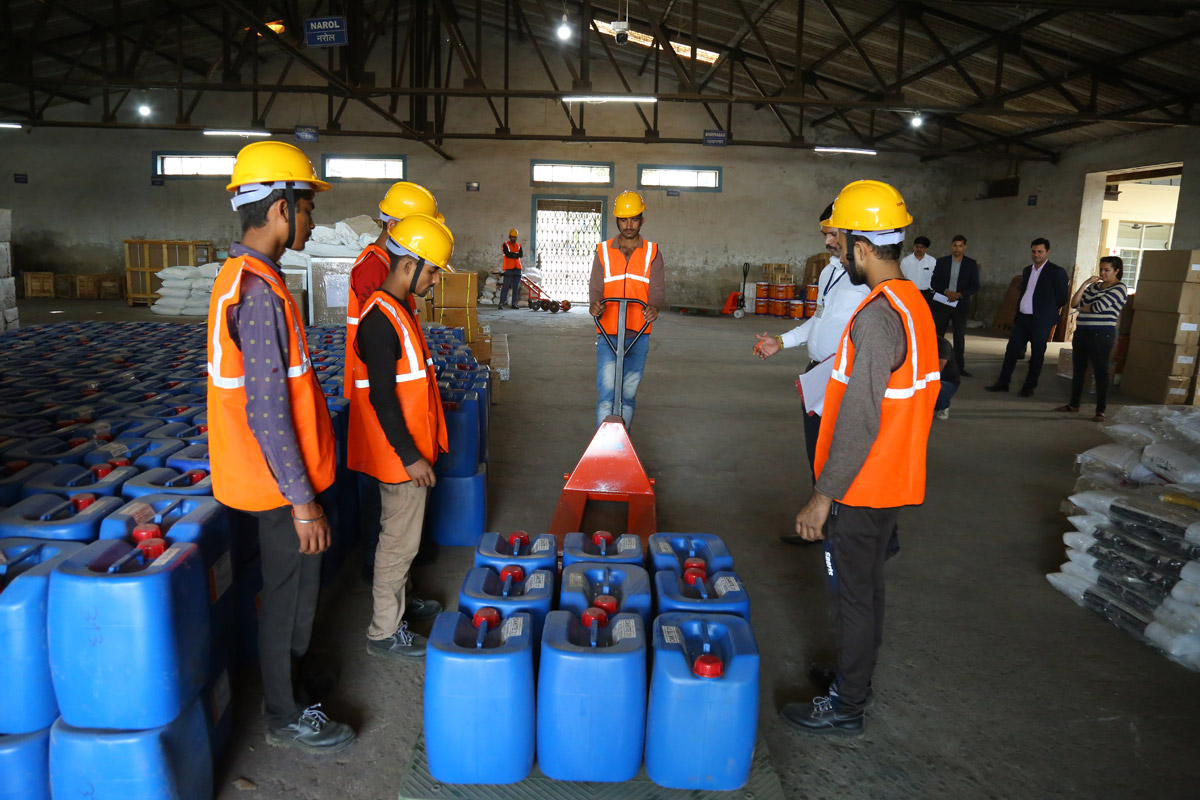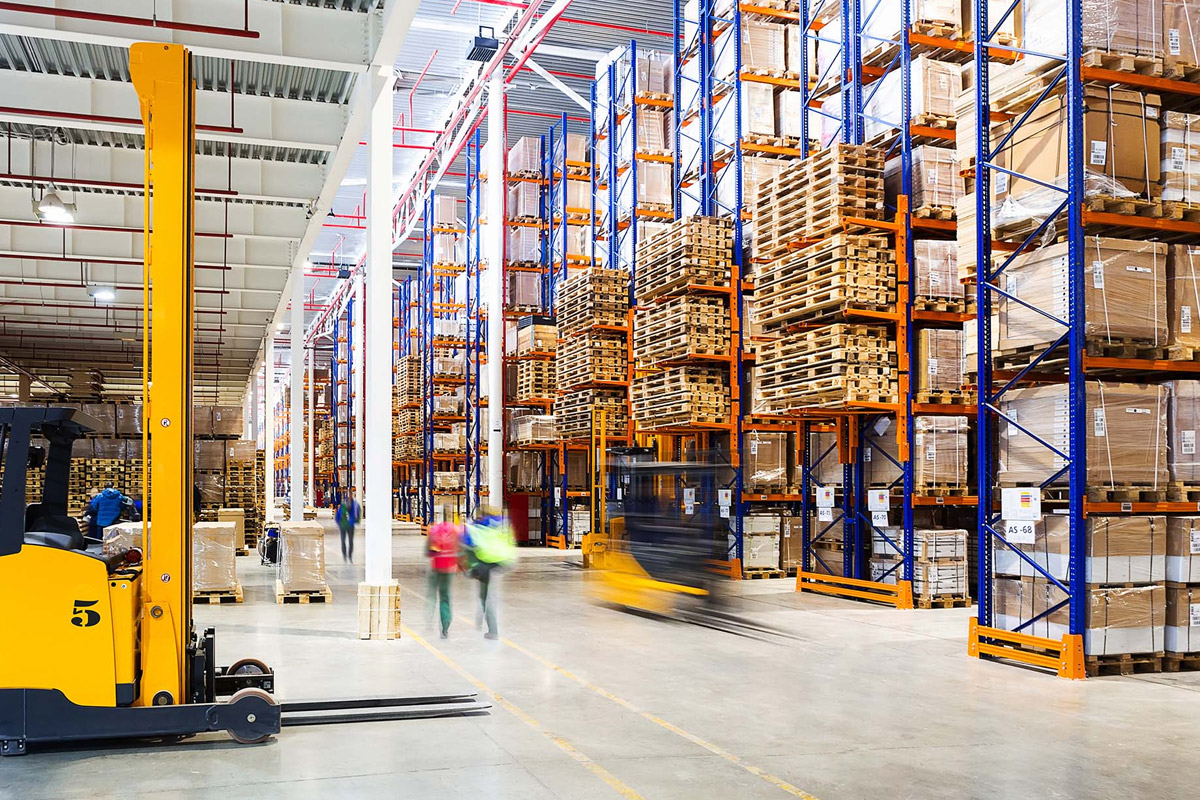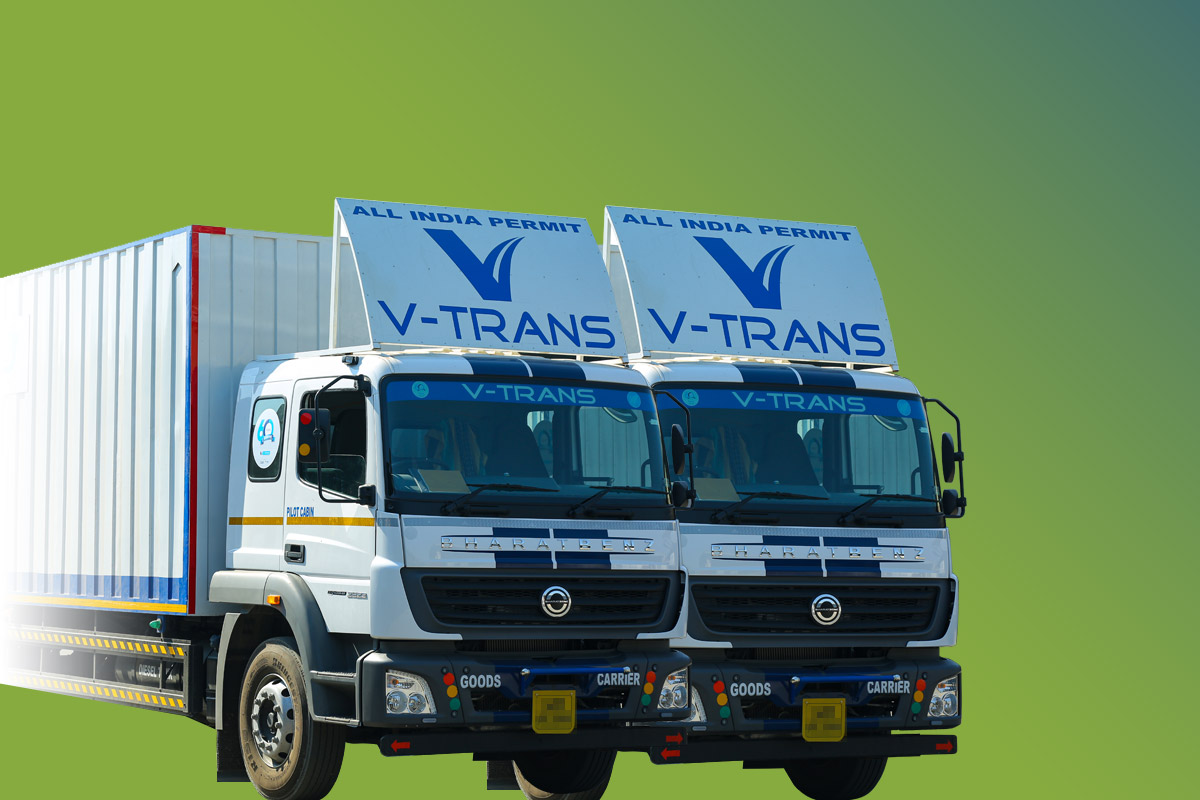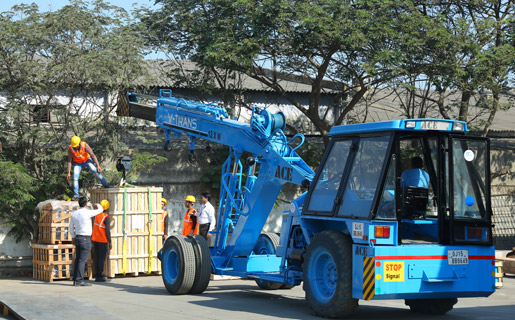Warehouse management is something that needs to be given a specific focus, with the rapid change in today’s business world every sub-industry and domain must be treated as special, despite its size. The warehouse is no more an underdog, and it has to be given the time and space it demands. In this blog, we will be looking at the five important processes that drive the operability of a warehouse.
What is Warehouse Management?
The process of handling inventories or stocks, or goods with care in a safe and secure place is known as warehouse management. Warehousing is an important part of the supply chain network, and its efficient operability determines the success of the supply chain. The warehouse management process can be divided into receiving, storing, and tracking goods in it. The staff who are present in the warehouse are trained accordingly to carry out the required operation in a perfectly synchronized way.
Warehouse Management System
Today, a lot of companies have started using software for their warehouse, and this is not just a part of technical advancement, it also assists as an unavoidable element in day-to-day warehouse operations and has elevated overall performance as proof. The software for warehouses helps the management team to track the performance, plan better, and avoid unnecessary chaos to improve overall operability and achieve better results.
Key Processes of a Warehouse determine its Operability
Similar to warehousing and logistics play an integral part in the supply chain system, five key performing factors determine the operability of any warehouse. These five factors are crucial for the outperformance of any warehouse and deliver better and more timely service.
Inventory tracking
Inventory tracking involves monitoring the availability of stocks and planning accordingly. Carrying out inventory tracking with software helps a warehouse management team to track the availability of a particular product with its exact numbers and also to plan their transportation accordingly. Inventory tracking of a product category can help to get and also to transmit in and out of the warehouse.
Picky and Packing
Picking and packing are the two important, yet unnoticed, activities in warehouse management, any set of inventories will be picked at different levels, and a separate bill has to be raised at each level to denote these items are successfully picked. Similarly, packaging also happens on different levels for a bunch of inventories which is about to arrive or leave the warehouse.
Receive and Store
Receiving and storing are two simple yet important processes to be carried out with complete care in warehouse management. When a specific set of stocks is received in a warehouse, it is initially scanned and allowed into the warehouse, and while storing it is again scanned for the second time to finalize to segregate it under permanent or temporary storage.
Shipping
Shipping is the most crucial part of the warehouse management system, here the warehouse of a company gets either tied up with a separate shipping partner or the company itself will take up the goods and transport them to the next destination. However, the update regarding the transportation of goods needs to be made once it is shipped from the warehouse to intimate the end customer about the product, and the shipping activities highly vary according to the involved mode (air, sea, road).
Report
Generating and maintaining a proper report for the warehouse is essential to keep track of the performance of the in-house employees, stock availabilities, and operational methods, and also to know the demand for products. The generated reports not just help in present-time evaluation, but also assists in future prediction of goods and cost optimization for overall operability.
Conclusion
Being a leading logistics player in India, V-Logis offers the best end-to-end logistic solutions to a diversified client base, and we can able to achieve it by deploying the best practices on focusing all the key areas of the warehouse precisely.

